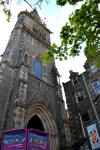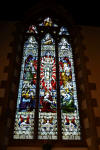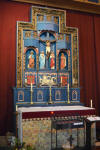Round The World and other travels
A frequent flyer's collection of trip diaries
Spring 2015: Dundee & Angus
The featured destinations on this page were visited on separate occasions during the spring and early summer of 2015.
City of Dundee
 Dundee,
situated on the north bank of the Firth of Tay, is Scotland's
fourth-largest city. Despite the Tay Bridge Disaster of 1879, one of
the worst rail catastrophes in UK history, the city enjoyed
considerable prosperity in the second half of the 19th century,
based on the so-called 'three Js' of jute, jam and journalism. The
decline of traditional industries caused the city to struggle during
the latter half of the 20th century, but a massive regeneration
project is now underway, centred on the city's waterfront. RRS
Discovery (of 'Scott of the Antarctic' fame) was built in Dundee and
has been returned to the city as part of an impressive new museum,
while a major highlight still to come is the planned opening in 2018 of the Victoria and Albert Museum,
an associate operation of the famous London attraction. The city's economy
has also been bouncing back, sometimes in unexpected directions; for
example, Dundee has emerged as a world hot-spot in the field of
computer games, while still continuing to be the home of traditional children's
comic The Beano.
Dundee,
situated on the north bank of the Firth of Tay, is Scotland's
fourth-largest city. Despite the Tay Bridge Disaster of 1879, one of
the worst rail catastrophes in UK history, the city enjoyed
considerable prosperity in the second half of the 19th century,
based on the so-called 'three Js' of jute, jam and journalism. The
decline of traditional industries caused the city to struggle during
the latter half of the 20th century, but a massive regeneration
project is now underway, centred on the city's waterfront. RRS
Discovery (of 'Scott of the Antarctic' fame) was built in Dundee and
has been returned to the city as part of an impressive new museum,
while a major highlight still to come is the planned opening in 2018 of the Victoria and Albert Museum,
an associate operation of the famous London attraction. The city's economy
has also been bouncing back, sometimes in unexpected directions; for
example, Dundee has emerged as a world hot-spot in the field of
computer games, while still continuing to be the home of traditional children's
comic The Beano.
Discovery Point
Royal Research Ship Discovery was built in Dundee in 1901. Specifically designed for Antarctic research, her first mission was led by Robert Falcon Scott and Ernest Shackleton. Subsequently following a varied career, the ship was eventually laid up in the St Katharine Docks, London before being returned to Dundee in 1986. Now magnificently restored, she forms the centrepiece of a new visitor attraction, Discovery Point.
 |
 |
 |
 |
 |
 |
 |
 |
 |
 |
 |
 |
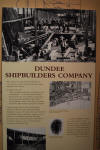 |
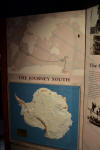 |
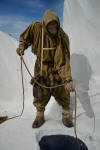 |
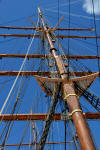 |
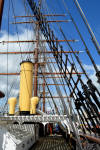 |
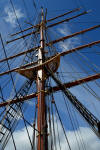 |
The McManus
Following an extensive refurbishment of its attractive Gothic Revival building between 2006 and 2009, the McManus Art Gallery and Museum is now a first-rate attraction for local people and visitors alike. As well as showcasing the city's art collection, the McManus has interesting permanent exhibitions on 'The Making of Modern Dundee' and 'Dundee and the World'.
 |
 |
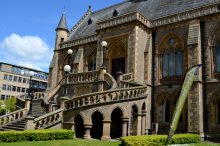 |
 |
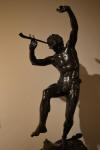 |
|
 |
 |
||||
 |
 |
 |
 |
 |
 |
Other city centre views
 |
 |
 |
 |
 |
 |
| LEFT to RIGHT: Alexandra Fountain and Tay Rail Bridge, St Mary's Church, Caird Hall, City Square, High Street, new Waterfront offices | |||||
Glamis Castle
Glamis Castle, the home of the Earl and Countess of Strathmore and Kinghorne, has a rural setting in the county of Angus, twelve miles north of Dundee. It is best known as the childhood home of the late Queen Elizabeth The Queen Mother, and birthplace of the late Princess Margaret. Visitors are welcome to view the house by joining a guided tour, after which they may view the grounds independently. I was able to do both for the first time in May 2015.
 |
 |
 |
 |
 |
 |
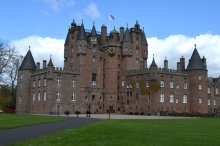 |
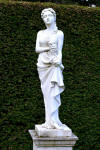 |
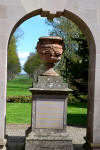 |
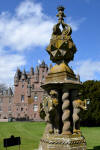 |
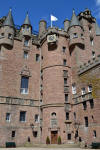 |
|
 |
 |
 |
 |
 |
 |
Arbroath
Arbroath is an attractive coastal town in Angus that has two main claims to fame: the 1320 Declaration of Arbroath and the still very much active culinary phenomenon of the Arbroath Smokie, a type of smoked haddock. The geographical integrity of the latter's name is protected by EU regulations.
Abbey
Arbroath Abbey was founded in 1178. The Declaration of Arbroath was a letter from the Abbott to the Pope, asserting Scotland's independence. Historical re-enactments of the signing of the Declaration are held periodically. The abbey fell into ruin following the Scottish Reformation and is today in the care of Historic Scotland.
 |
 |
 |
 |
 |
 |
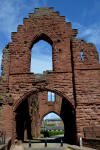 |
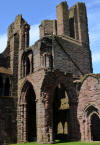 |
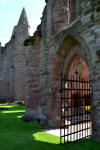 |
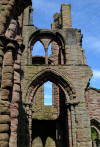 |
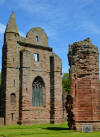 |
 |
 |
Harbour and Signal Tower Museum
Arbroath has a picturesque harbour, which was looking its best in the bright sunshine that prevailed during my visit. A short distance away is the Signal Tower Museum, set in the former shore station of the offshore Bell Rock Lighthouse. It tells the story of the lighthouse itself and of the local fishing industry.
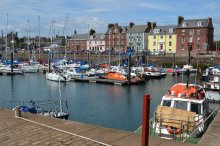 |
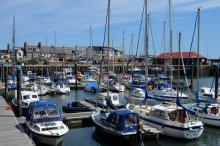 |
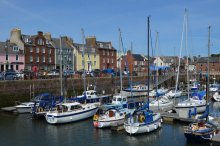 |
|||
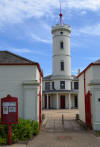 |
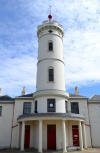 |
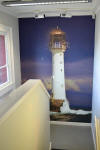 |
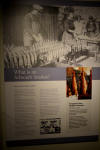 |
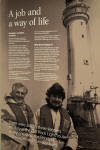 |
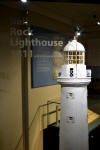 |
Dundee's St Paul's
St Paul's Cathedral, Dundee is the seat of the Bishop of Brechin in the Scottish Episcopal Church. (The historic Brechin Cathedral passed to the presbyterian Church of Scotland at the time of the Reformation, and is therefore no longer technically a cathedral.) St Paul's is the work of renowned architect George Gilbert Scott, and dates from 1855.
